The long days of summer make it easy to get outside and to be active. Weekend hikes with the family, a round of golf at the club, tennis with friends after work, and even a leisurely stroll fill up the hours before sunset. But all of that increased activity can also lead to more chances for injuries or even just stiff muscles. A sprained ankle from hiking, sore muscles from the tennis serve you haven’t practiced since last summer, or a aching feet from a walk in flip flops can have you sitting on the sidelines. The key to getting back out doing the things you love quickly is practicing smart first aid tactics.
For most simple sports injuries like sprained ankles and sore muscles, we automatically reach for an ice pack or heating pad. But which one do you use when, and what is the proper way to use it?
Cold Therapy
Reach for that ice pack immediately after an injury to reduce swelling and inflammation. Cold therapy works by constricting blood vessels and reducing blood flow to the injured area, which can reduce swelling and inflammation, as well as reducing the amount of pain. Cold therapy is recommended for sprains, bruises and muscle tears.
Ice packs work well for cold treatments, but it’s just as easy to use a Ziploc bag of crushed ice or even a bag of frozen peas or corn. Just don’t put the ice directly on your skin. Cover the pack with a towel to make it more comfortable.
Place ice on the injured area about 15 minutes, then remove for 15 minutes and repeat every hour. Ice therapy is often recommended at the onset of the injury, for the first 24-48 hours.
Heat Therapy
The time to reach for the heating pad is when you’re experiencing pain from sore or tight muscles rather than an acute injury. The heat expands blood vessels, allowing for increased circulation and oxygen flow to the area. This will help relax sore muscles.
Use heat the same way you would with ice therapy, applying it to the area in pain for limited amounts of time. You can use a heating pad or even just a hot, wet towel to provide relief.
Combining Therapies
Sometimes it works to alternate hot and cold therapies. After the first 3-5 days, when acute swelling has gone down, you might choose to alternate hot and cold, ten minutes each. This has the effect of increasing the circulation to the area when the heating pad is in use, and then the ice pack constricts the vessels and allows the injured area to use the nutrient rich blood to heal the area.
Many times resting from your normal activities and concentrating on proper hot or cold therapy will have you feeling better quickly. If you have questions about whether ice or heat is the appropriate home treatment, call our office for guidance. Chiropractic treatment is often a good option for helping alleviate sports injuries - from neck/back pain to knee, foot and shoulder pain. If you have an injury or pain that is keeping you on the sidelines, call Foster Chiropractic for a consultation. We can help you get back in top shape to enjoy all the activities you love in the summer.

